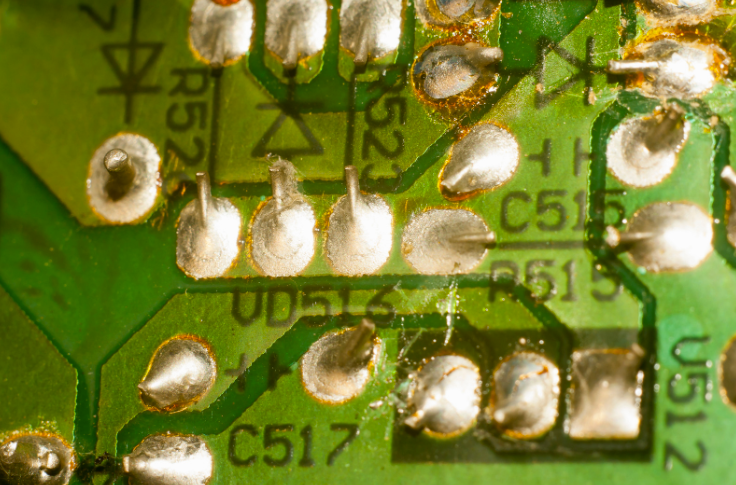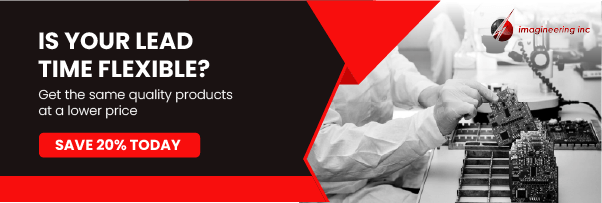Printed circuit board manufacturing is a delicate science – with the push towards miniaturization and faster production speeds, solder bridge defects are an extremely problematic road bump that have become increasingly common.
Unfortunately, there are numerous causes that can produce solder bridging. To produce as quickly and efficiently as possible, finding the root cause of this defect is critical.
What are solder bridge defects, and what can I do to prevent them? In this blog, we explore everything you need to know about solder bridging.
What is a Solder Bridge?
Solder bridging is a common defect that occurs during the SMT assembly process. A solder bridge occurs when an unintended connection of solder has been formed between two traces, pads, or pins, forming a conductive path. As printed circuit boards have grown smaller and smaller over time, solder bridges can form more easily.
Some of the common causes for solder bridging include:
- No solder mask is present between adjacent pads
- Spacing of pads is too close
- Residue accumulation on the surface of a printed circuit board or stencil
- Misalignment during solder paste printing or component placement
- Too much paste has been applied to pads
- Preheat temperature is not high enough
Solder bridging causes electrical shorts, which can make printed circuit boards malfunction during use. Thus, it is critical that solder bridge defects are caught early in the manufacturing process so that time and money are not wasted.
Unlike solder ball defects, a solder bridge can be harder to see due to the fact that they may be invisible to the eye. Using a solder mask color with high visual contrast helps makes solder bridges more apparent.
How to Correct Solder Bridge Defects
The best way to address solder bridge defects is to prevent them from occurring in the first place. Many of the root causes for solder bridging comes from issues either related to design or process. If one solder bridge occurs, there is a higher likelihood that it will occur in other printed circuit boards that are manufactured.
Solder Masking – Solder masking is a vital step in preventing solder bridges from forming, and should be applied early in the manufacturing process. While solder mask color may be altered for aesthetic purposes, green solder masking has the highest contrast and the lowest cost, making it effective for spotting issues before they become a problem.
Design – Miniaturization is a crucial element of effective printed circuit board design. Unfortunately, designs that include pads and stencils that are too close to each other can result in solder bridging. Following the best industry practices for PCB board design and layout can help you avoid this costly mistake.
Solder Application – Solder bridging can frequently occur when too much solder is applied to pads. You may have to adjust the solder paste printing pressure, or the pressure for pick and place nozzles – excessive force can squeeze the paste out of the pads, forming solder bridging defects. Finally, ensure that you are not mixing old and new flux, and that the flux you are using has not expired.
Stencil – When a stencil is not properly cleaned, residue can accumulate and result in solder bridging defects in subsequent printings. Make sure to clean the stencil quickly and efficiently to reduce the chance of solder bridging.
As mentioned before, there are many possible causes for solder bridge defects, so some trial and error may be required to rout out the issue. If the design of your printed circuit board meets the best available criteria, examine your process to see that the stencil is clean and excess pressure is not being applied during solder application.
Minimize Solder Bridge Defects with Trusted Fabrication and Assembly
Solder bridging is a common issue with dramatic consequences for printed circuit board manufacturing. Finding a trusted fabrication and assembly house can ensure that these mistakes are eliminated from your process.
Whether you are looking for a simple prototype or a complete production house, Imagineering can help. Since 1986, we have provided best-in-class service production for companies who depend on reliable and effective printed circuit boards. Whether you’re looking for printed circuit boards for mobile phones or rocket ships, we can help. Contact us today for more information about our services.


